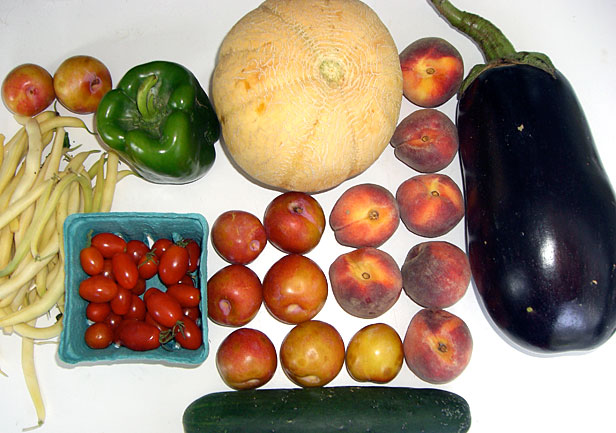If you fuel your truck with biodiesel made from palm oil grown on a patch of cleared rainforest, you could be putting into the atmosphere 10 times more greenhouse gasses than if you’d used conventional fossil fuels. It's a scenario so ugly that, in its worst case, it makes even diesel created from coal (the "coal to liquids" fuel dreaded by climate campaigners the world over) look "green."
The biggest factor determining whether or not a biofuel ultimately leads to more greenhouse-gas emissions than conventional fossil fuels is the type of land used to grow it, says a new study from researchers at MIT. The carbon released when you clear a patch of rainforest is the reason that palm oil grown on that patch of land leads to 55 times the greenhouse-gas emissions of palm oil grown on land that had already been cleared or was not located in a rainforest, said the study's lead author.
The solution to this biofuels dilemma is more research. Unlike solar and wind, it's truly an area in which the world is desperate for scientific breakthroughs, such as biofuels from algae or salt-tolerant salicornia.


